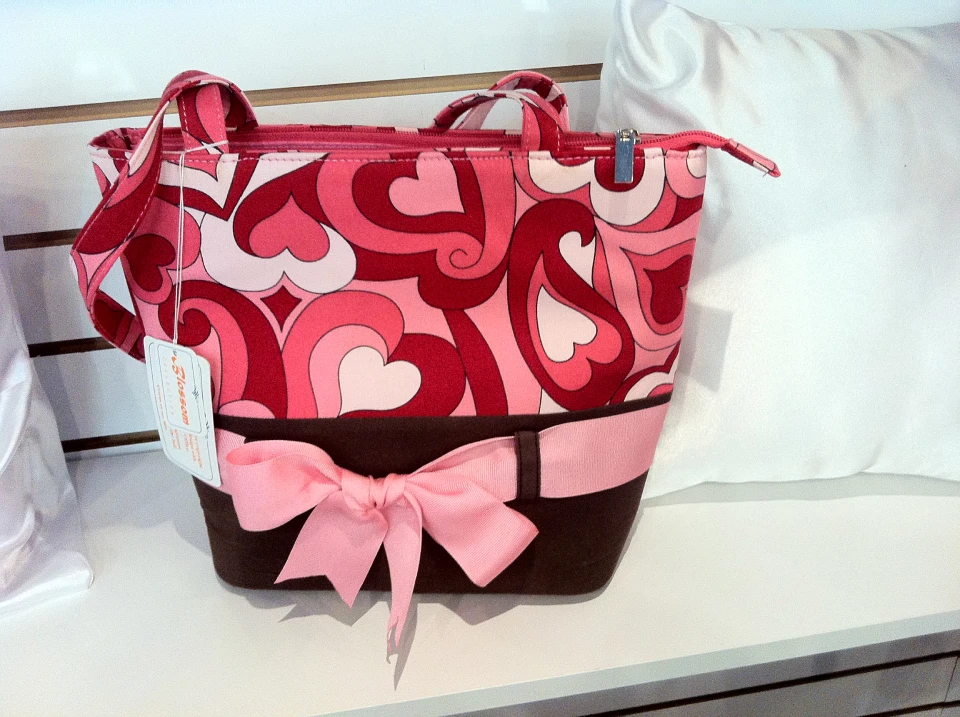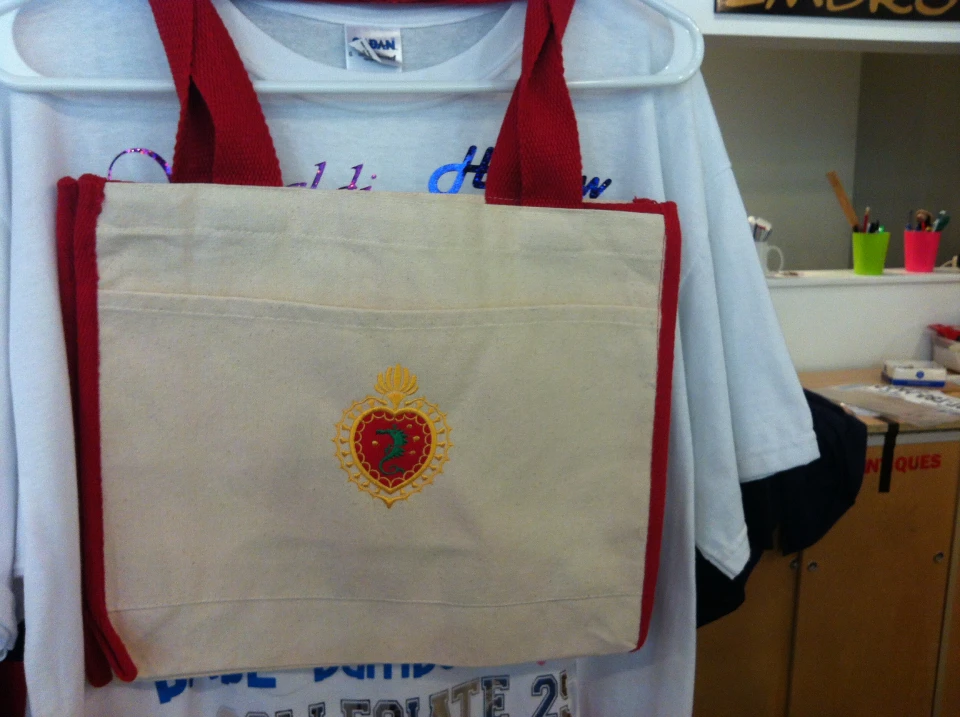The Art of Customized Needlework: Unlocking the Keys to Creating Distinct and Unforgettable Styles
Needlework, a craft steeped in custom and virtuosity, holds within its elaborate stitches the power to change fabric into a canvas of unique expression. The tricks to creating customized needlework layouts that astound the eye and leave a long lasting perception hinge on a delicate equilibrium of technique, imagination, and attention to information. As we explore the globe of customized needlework, we discover the nuanced interaction between string option, stitch intricacy, and layout personalization that elevates a simple garment to a masterpiece. Join us on a trip via the art of customized needlework as we decipher the secrets behind crafting genuinely remarkable and distinctive creations.
Choosing the Right Embroidery Threads
When choosing embroidery threads, what key elements should you consider to make certain the most effective results for your personalized styles? The choice of needlework thread is crucial in establishing the final end result of your embroidered style. One of the primary considerations is the product of the thread. Various materials such as cotton, polyester, rayon, and silk offer differing levels of shine, resilience, and texture. It is necessary to pick a thread material that enhances the fabric you are stitching on and aligns with the wanted look of the style.
Thicker strings can include measurement and structure to your layout, while finer strings are perfect for complex information and small text. Furthermore, taking into consideration the color fastness and washability of the thread is essential to guarantee that your custom designs keep their quality and vibrancy over time.
Exploring Different Stitch Methods
To dig right into the world of 'Exploring Different Stitch Techniques', one need to comprehend the complexities and nuances that each sewing method offers the art of embroidery. Various stitch methods not just add aesthetic passion however also add to the total appearance and dimension of the design. One preferred stitch method is the satin stitch, which involves carefully packed parallel stitches to develop a smooth and shiny surface, perfect for completing forms and developing vibrant details.
On the various other hand, the backstitch is a flexible method commonly made use of for detailing and including fine information. It includes sewing backwards to develop a solid line of embroidery. Additionally, the French knot stitch includes a responsive aspect to styles, ideal for creating distinctive accents like blossom centers or ornamental touches.
Discovering different stitch strategies allows embroiderers to have fun with light, darkness, and depth within their this website designs, boosting the aesthetic appeal and artistic top quality of their embroidery projects. By mastering different sewing methods, one can open endless opportunities for producing unique and remarkable custom-made embroidery items.
Incorporating Personalized Style Elements
Having actually discovered the complexities of various stitch techniques such as the satin stitch, backstitch, and French knot, the focus currently moves in the direction of integrating individualized layout components in personalized needlework tasks. Customized layout components play an important duty in making needlework jobs genuinely unique and memorable.
An additional means to incorporate individualized layout components is by consisting of symbols or motifs that hold special definition to the recipient or show their passions and personality. Including a favored blossom, pet, or hobby-related sign can make the needlework layout extra purposeful and tailored. In addition, picking shades that reverberate with the recipient or line up with the designated motif can even more boost the personalization of the embroidery project.
Understanding the Art of Color Coordination

One key element of color sychronisation is recognizing shade concept. This includes knowing exactly how different colors connect with each other, the feelings they communicate, and just how they can be incorporated to develop visually appealing styles. By using shade concept concepts, embroiderers can develop harmonious shade combinations that improve the general appearance of the style.
Furthermore, focusing on comparison is critical in shade control. Making use of contrasting shades can aid particular components of the layout pop, boost readability, look these up and develop a visually dynamic embroidery item. By understanding the art of shade control, embroiderers can boost their layouts and produce unforgettable pieces that resonate with clients and viewers alike.
Enhancing Texture With Advanced Needlework Stitches

French knots, for example, are ideal for adding small, increased dots to your style, imitating the look of beads or developing a distinctive surface area. Bullion knots, on the various other hand, can be made use of to develop twisted, ropelike components that include an elegant feel to the embroidery. Seed sewing entails little, my website scattered stitches that can fill out locations with a polychromatic structure, while turkey work produces fluffy, dimensional accents similar to pet fur or foliage. Try out these advanced needlework stitches enables you to push the boundaries of standard embroidery and create truly unique and aesthetically enticing appearances in your styles.
Final Thought
Finally, the art of custom-made needlework entails a combination of picking the appropriate threads, exploring different stitch methods, incorporating individualized style components, grasping shade coordination, and boosting structure with advanced stitches. By comprehending and carrying out these crucial aspects, embroiderers can produce one-of-a-kind and unforgettable designs that showcase their creativity and ability. Needlework fanatics can unlock the tricks to creating lovely and bespoke items that stand out and leave an enduring impression.
Comments on “Personalized Lab Coats with Embroidery for Medical Professionals”